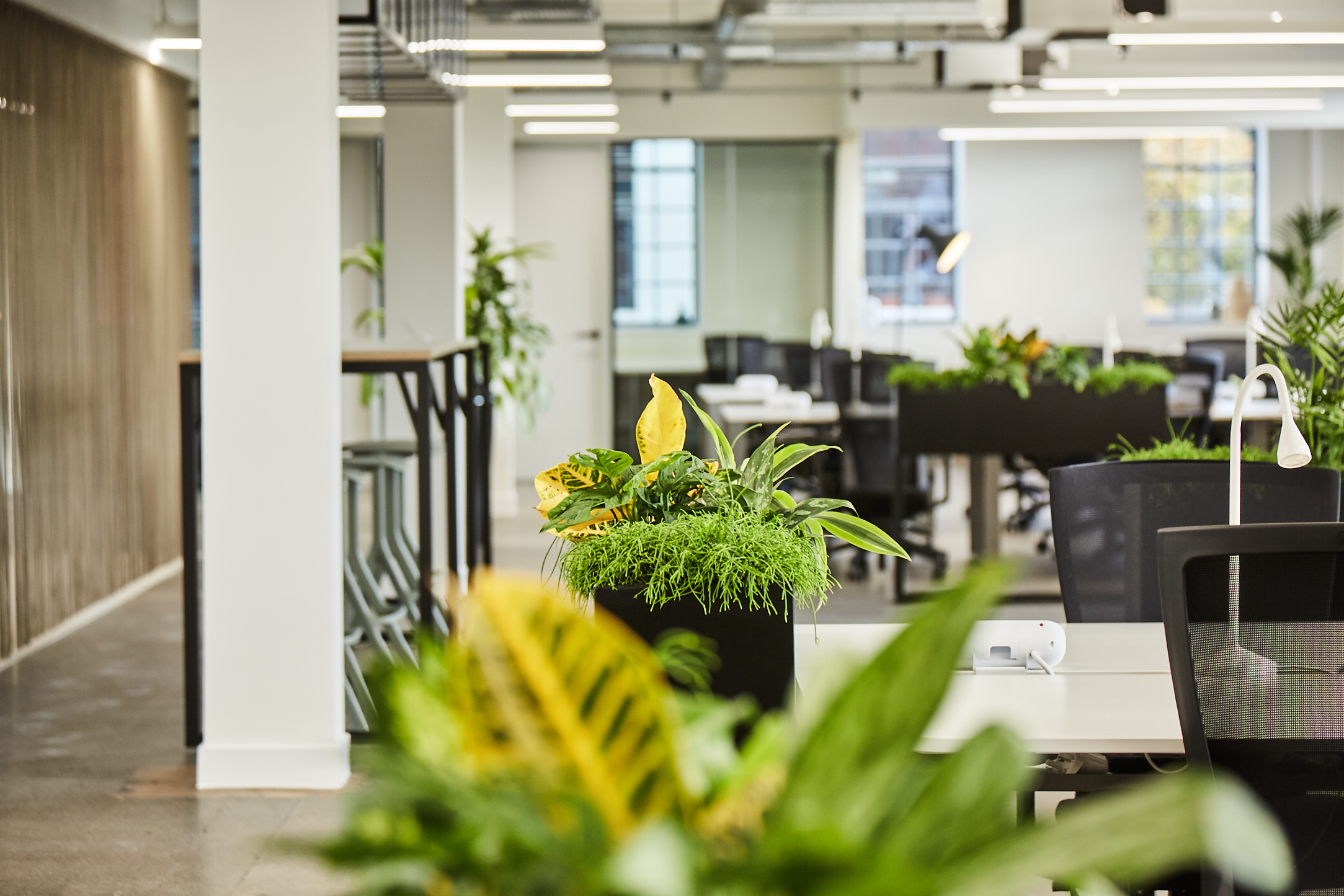37% of offices were unused during 2018
Our current use of space is incredibly inefficient. Not only are we heating empty buildings, but we are paying for space we are not using.
According to Gensler, 83% of corporate real estate executives rank space utilisation as the key metric for making workplace decisions. As more companies collect space utilisation data, benchmarking across regions, industries and space types is now possible.
Density have compiled utilisation benchmarks from JLL, CBRE and their own clients to identify patterns across space utilisation. Here’s what they found:
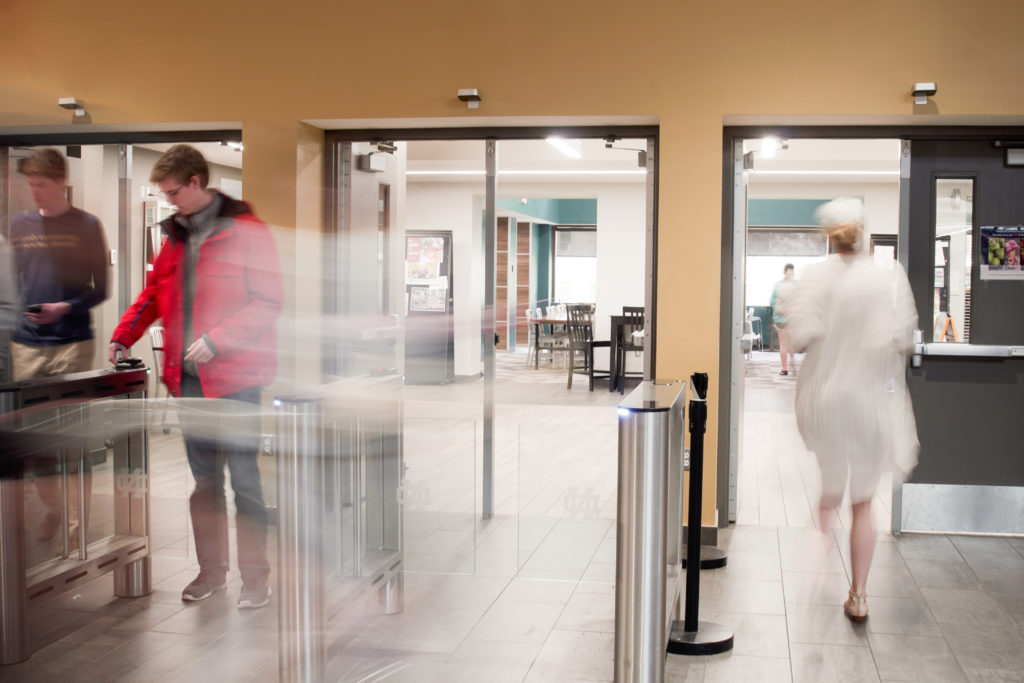
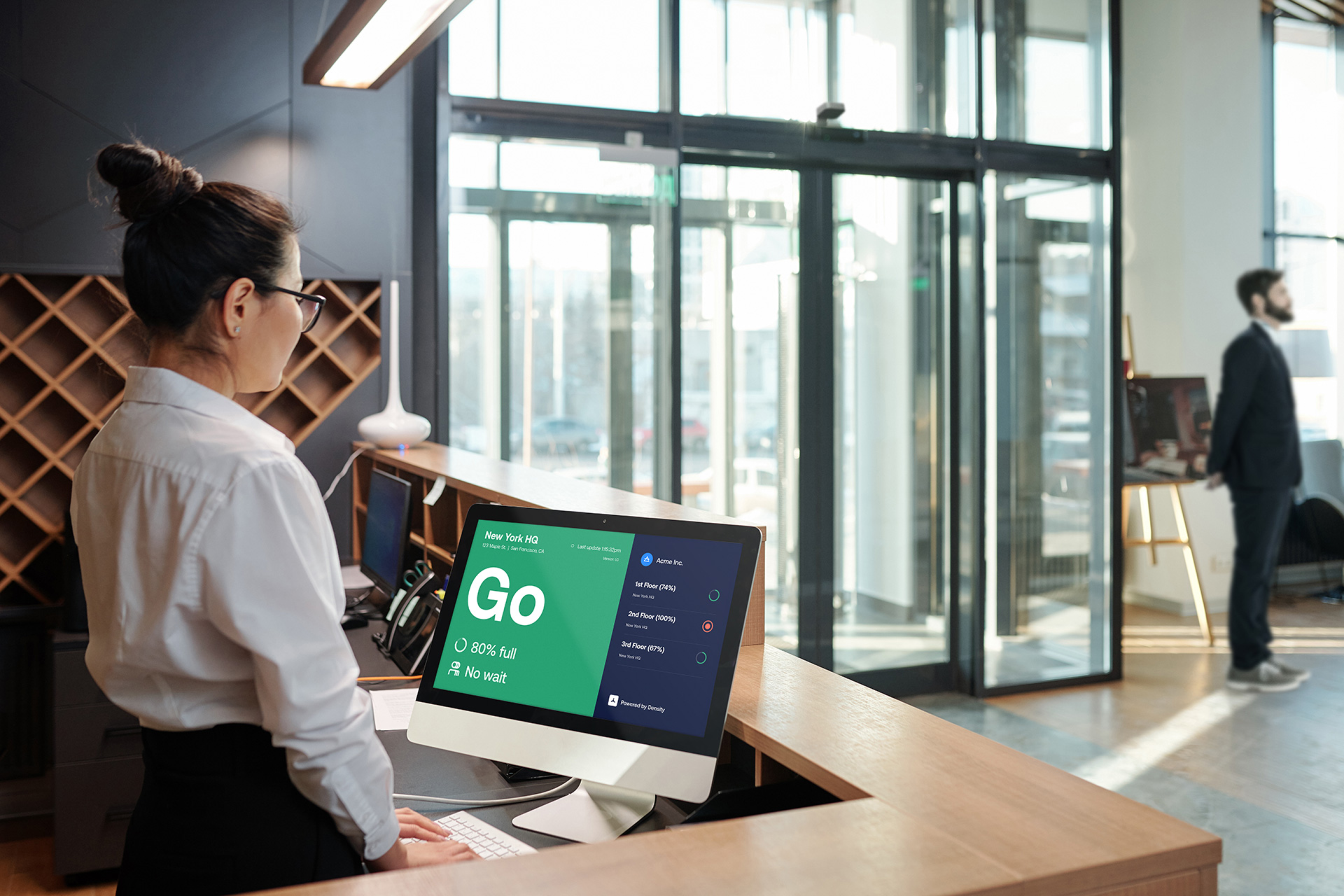
1. Offices around the world are inefficient
Across all regions, only 13% of organisations utilise their space more than 80% of the time. 37% of workplaces globally were empty during any given workday in 2018. A 2015 report from CBRE shared similar utilisation rates globally: 40% of all office space was empty. That’s equal to $150 billion dollars in unused space.

2. Utilisation rates vary by industry
Public sector and non-profit workplaces have the highest utilisation rates, with 80% and 95% respectively. They tend to have older buildings with higher density. Offices for telecom/utilities and financial services are used the least, and are empty for 50% of an average workday.
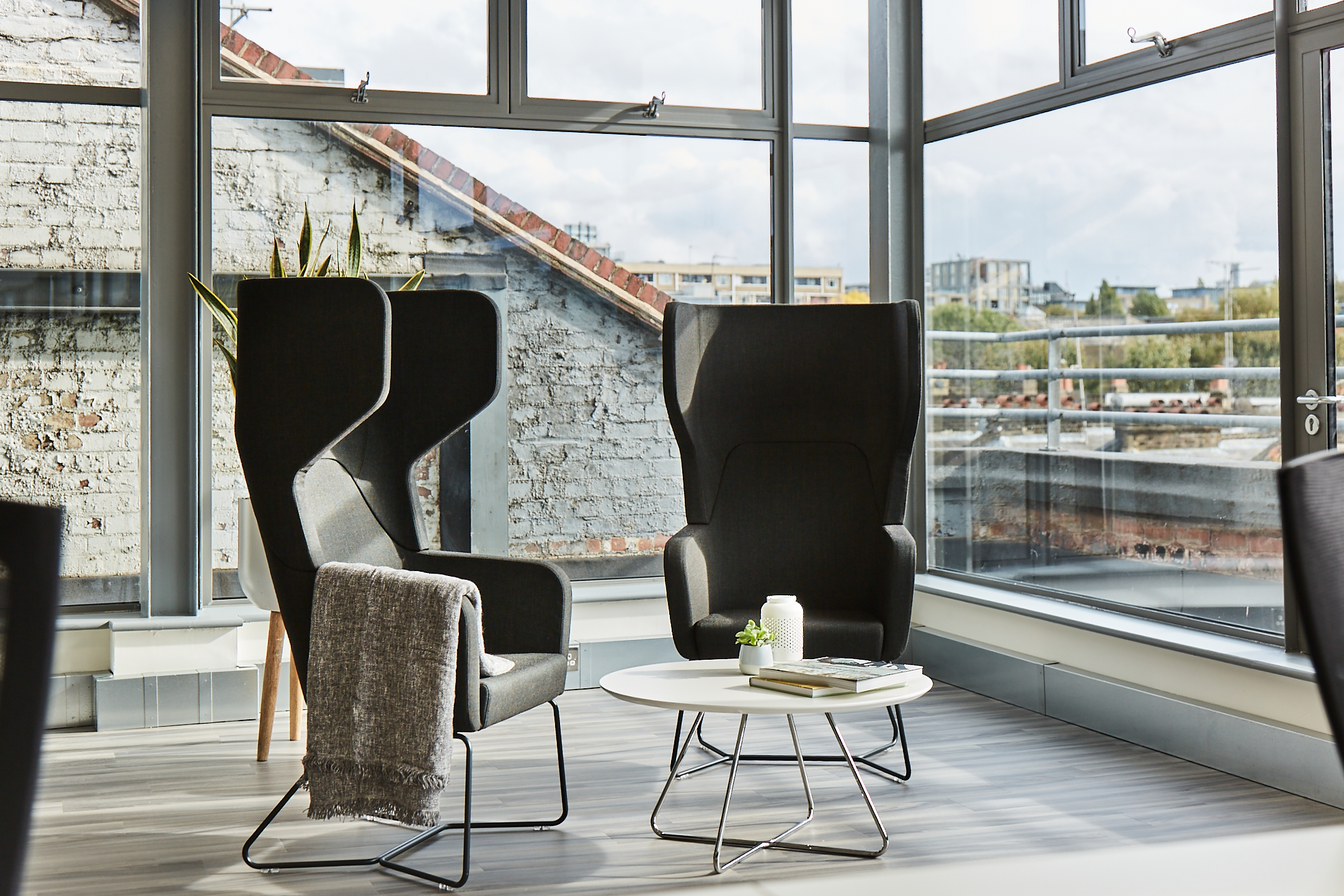
3. Meeting rooms signal a massive opportunity
The global average meeting room utilisation is just 30%. When meetings rooms are in use, only 40% of seats are occupied. Most organisations build meeting rooms for six people, but most meetings are held by two or three people.
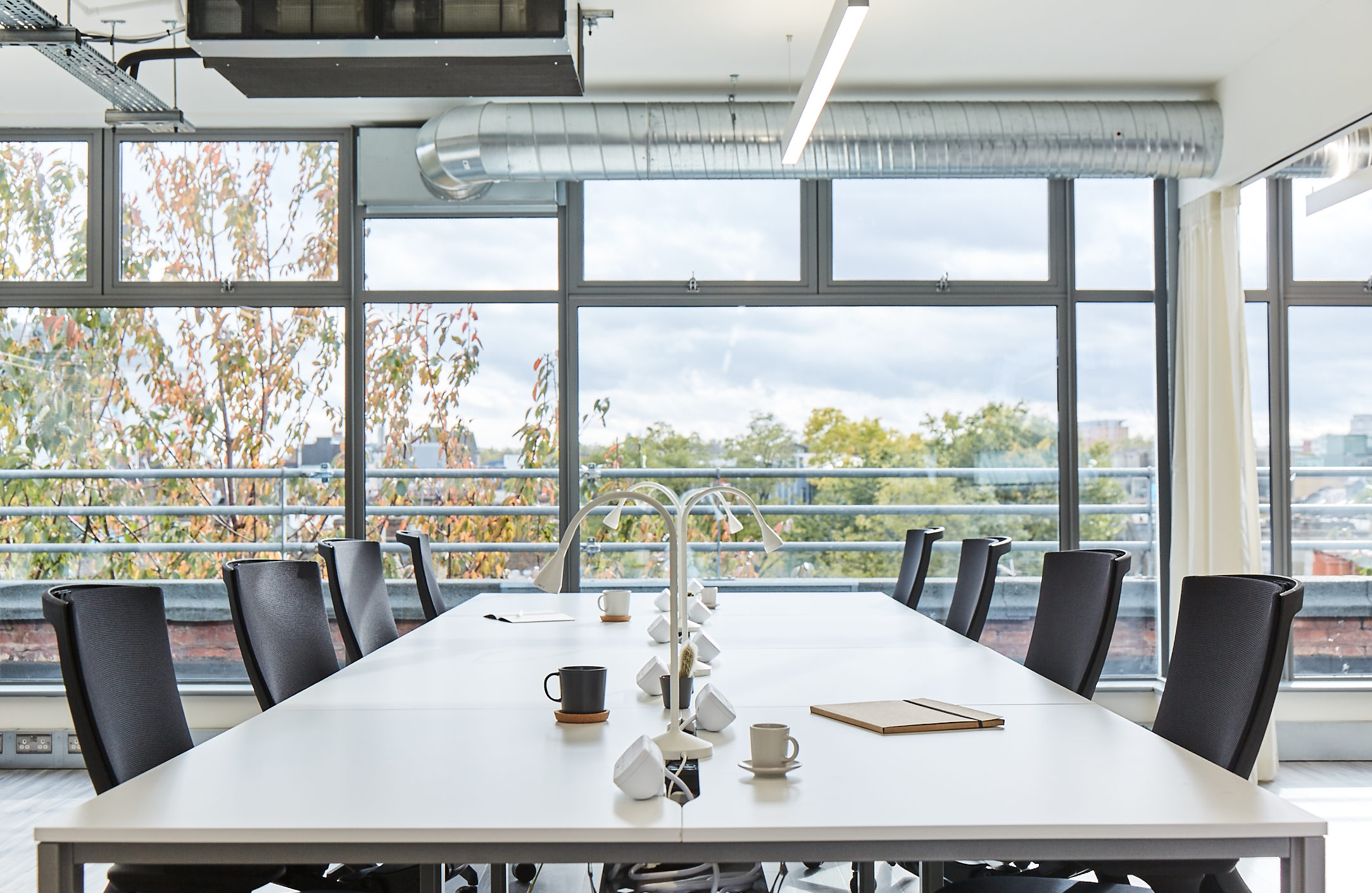
4. Private space means unused space
A popular perk for raising through the ranks of an organisation used to be a private office. But organisations are beginning to rethink rethink private offices, which are unoccupied 77% of the workday.
Sensors can help drive efficiency and reduce costs
It’s clear that workplaces are massively under-utilised. With accurate data, it’s possible to do the impossible: reduce your portfolio footprint while at the same time enhancing the employee experience. Workplaces are increasingly allotting 150 sq ft per person, 33% less than 225 sq ft in 2010.
As a result of the pandemic, companies are introducing options including “hot-desking” or shared workspace which provide employees access to space on an as-needed basis.
The impact is clear: if companies were to improve their utilisation of space, they could reduce costs significantly.
